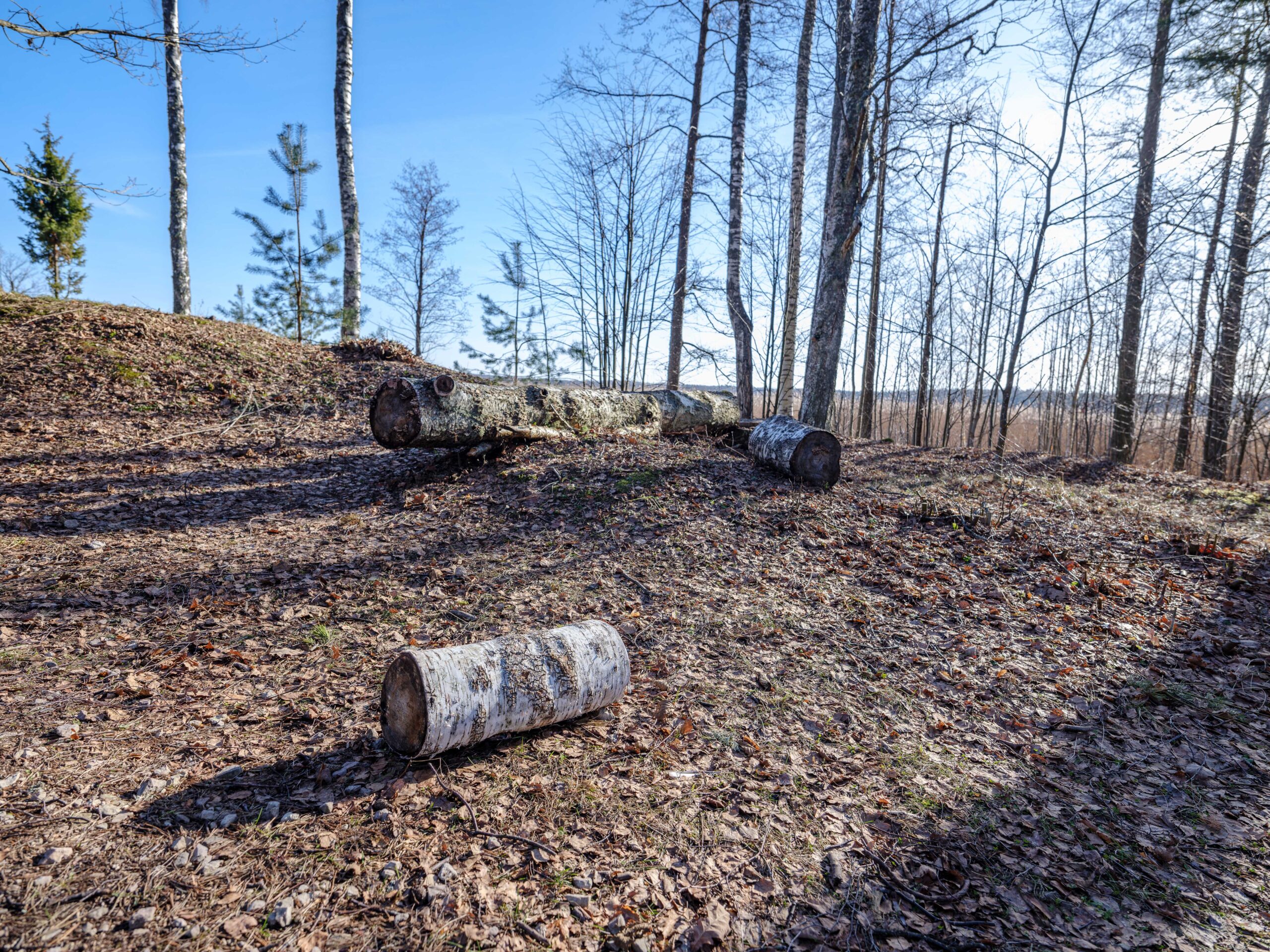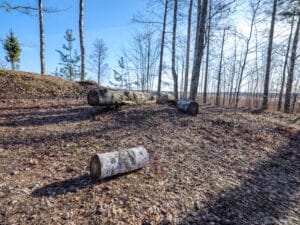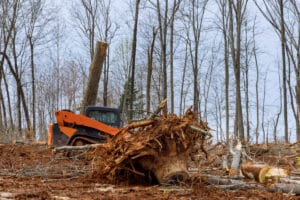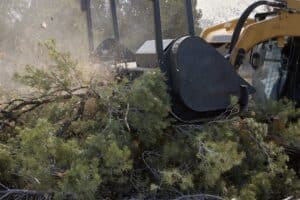Before you can start building on your lot in Lexington, Kentucky, you must prepare the space for the work. Land clearing is essential, but it involves more than cutting down trees or removing overgrown brush. Proper site preparation includes multiple steps, including understanding local environmental regulations and permitting requirements.
Below, Sanctuary Forestry Mulching explains what you need to know about the land-clearing process to ensure a good outcome for your construction endeavors.
Planning a Successful Land-Clearing Project Before a Build
Land clearing refers to carefully removing brush, trees, rocks, and other natural materials. This idea is to create a clear space without obstructions so that you can lay a steady foundation. Planning is an essential step in this process.
You want to give your land-clearing contractor a clear picture of the space requirements for the construction project. How long would it take to create a blank canvas? Are there any extra considerations?
Pin Down the Project Objectives Before Clearing Land
Land clearing serves multiple purposes, including:
- Farming
- Construction
- Landscaping
- Improvements to property aesthetics
When the company handling your project understands the intended use of the property after debris removal, it can plan accordingly. The workers will know which equipment they’ll likely need and how to handle the vegetation removal and hauling, among other important tasks.
Think Carefully About Your Expected Project Timeline
Construction operates on a strict timeline. Setting a reasonable timeline for starting and completing any vegetation removal could make a big difference. Be sure to include all the different steps in the process, from acquiring permits to hauling away the debris.
Depending on the property’s size and the project’s scope, collaborations with land surveyors and engineers may be necessary. These professionals can help outline what the land-clearing process needs. Accuracy will minimize delays.
The First Step Is Detailed Project Site Preparation
Does your land-clearing team know the project’s objectives and estimated timelines? Surveying reveals more about the property and surrounding environment.
Plant Life Identification
Responsible debris removal includes considering the environment. How will removing plants, trees, or boulders impact local ecosystems on and around your lot?
The team will locate and identify the flora, local wildlife, and water sources. Damage to ecosystems and water contamination are major concerns in complying with local environmental regulations.
Soil Testing and Erosion Control
Is your project site’s soil stable enough to hold the foundation of whatever the construction team is going to build on it? The land-clearing process includes soil testing to make sure you can accommodate the foundation slabs and footings successfully. Erosion control is also essential, as clearing all the vegetation can leave the soil susceptible to erosion due to rain runoff.
As part of lot clearing, a professional team will take steps to minimize erosion and ensure proper drainage. These measures protect your site and prepare it for the laying of foundations.
Clearing Permits and Approvals
You might not need a permit to clear overgrown brush from your yard, but it’s typical to need approval when removing vegetation from a big lot you’re going to build on. Your chosen land-clearing contractor must comply with local regulations and obtain all permits and approvals before going through with your project.
Without the paperwork, you could face fines and penalties if you go ahead with the construction. You might also have to stop the project in full swing, which can impact your timeline and budget.
Boundary Creation
With the right permits and environmental details in place, it’s time to define the designated clearing area. The crew will put up flags or survey markers to outline the site.
This step ensures the crew only clears in the designated area. These boundaries protect nearby trees, plants, and structures.
Don’t Forget To Agree On Debris Removal Techniques
What type of vegetation removal does your lot need? The contractor may use one or more land-clearing methods.
Manual Debris-Clearing Processes
Is your site small? It may not require heavy machinery or major excavation. Manual clearing uses small machines and hand-held tools like axes and chainsaws.
A manual process offers minimal disturbance to the surrounding ecosystem. It’s great for environmentally sensitive areas.
Mechanical Work for Debris Hauling
Land-clearing experts have access to heavy-duty equipment to handle large-scale projects, including:
- Bulldozers
- Excavators
- Forestry mulchers
- Stump grinders
Machines can quickly handle thick wood, complex root systems, and dense vegetation.
Specialized Methods for Challenges
Are there major obstructions to clear? Boulders or large trees need careful planning. Demolition or specialized equipment might be necessary.
Let Our Seasoned Land Clearers Prepare Your Construction Site
Regardless of your construction project’s size, Sanctuary Forestry Mulching’s crew can handle the land clearing responsibly and reliably. We have years of experience providing various land-clearing services for residential and commercial properties throughout Lexington, Kentucky, including grubbing, forestry mulching, and bulldozing.
Call (859) 800-2979 to request a free quote from Sanctuary Forestry Mulching today!





